It is a mark of the respect Italy has for beer, not just that there are now around a thousand new small boutique breweries in the country, but that you can take an MA course in beer styles at the University of Gastronomic Sciences at Pollenzo in Piedmont. Declaration of interest: three of the modules in the course, on IPA, porter and stout, are based on chapters from my 2010 book Amber, Gold and Black, translated into Italian, for which they paid me. And yet, despite Italy now being home to some of the most adventurous brewers on the planet, its craft beers are mostly scarcely known in the UK: there is one bar, The Italian Job, in Chiswick, West London, dedicated solely to the country’s small brewers, but apart from that I reckon all but the most dedicated British craft beer fans would struggle to name any Italian beers apart from Peroni (*spit*) and Moretti (*spit spit*), while they could reel out a long list of American ones.
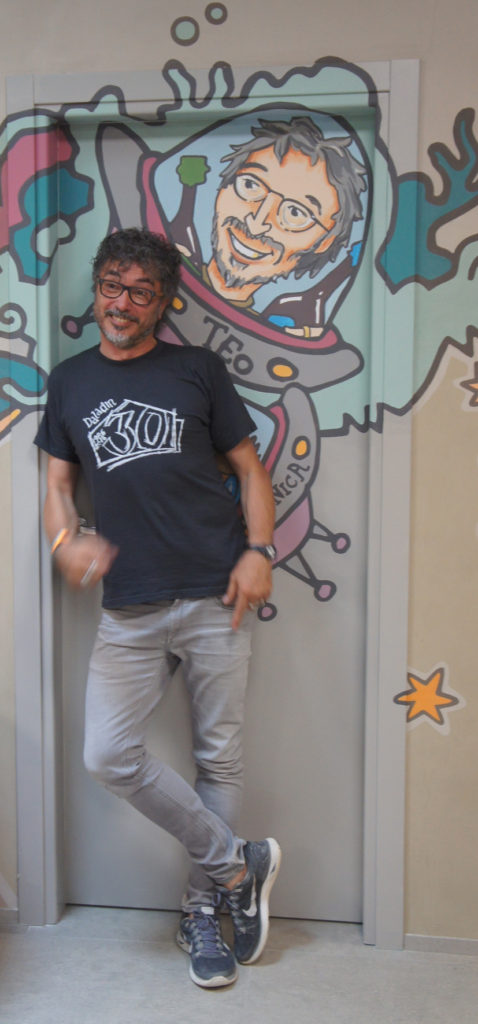
One of the oldest Italian craft brewers is Baladin, in Piozzo, not far from Polenzo, founded by the handsome and charismatic Teo Musso, 52, originally as a specialist beer bar in 1986 (distinctly cheeky, since Piozzo is in the middle of one of Italy’s best-known, and most beautiful, wine-making areas, Barolo, and Teo’s father was himself a grape farmer). Baladin moved down the supply chain into brewing its own beer ten years later, helped by the Belgian brewer Jean-Louis Dits of Brasserie à Vapeur. The original 500-litre (three-barrel) brewery kit was made out of repurposed milk vessels, and based in a garage alongside the pub.
All its bottled beers are bottle-conditioned, all, including the keg ones, are unpasteurised, and almost every one deserves hunting out, especially Xyauyù barrel, the rum-barrel-aged 14 per cent abv barley wine, dark, deep, rich, complex and harmonious, which leapt into my personal “top ten beers ever” the instant I first tasted it.
Another two decades later, and Baladin, which now has a chain of bars in Italy and more than 200 employees, is opening a fabulous new €12 million 50-hectolitre brewery on the edge of Piozzo, incorporating an old farm building and a formerly half-finished aluminum fixture factory, with lots of lovely shiny new kit from the Italian firm Meccanica Spadoni in Orvieto, Umbria (including an automated spice-adder), a line of huge 100-hectolitre wooden vats to produce the aged beers the company specialises in, and even a three-hectolitre pilot plant for students from the Gastronomic Sciences University to practice their brewing techniques on. Among the innovations is an automated storage plant for ageing bottles in, where a robot moves 2,500 pallets of bottled beer from floor to floor to give them the right length of time at the right temperature to ensure proper refermentation and maturation. The new brewery will enable Baladin to increase production from the current 20,000 hectolitres (12,200 barrels in British currency) to 50,000. (The old brewery kit is being sent to South Africa, for use in a project there.)
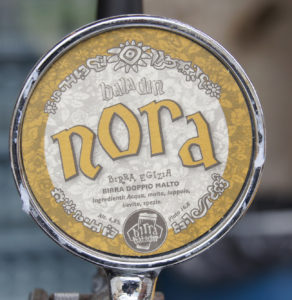 Probably because of my own connection with the university’s beer courses, I was lucky enough to get an invite to the party Baladin threw to celebrate both its 30th anniversary and its new plant. It was certainly a spectacular event: in the evening a thunderstorm rolled down from the Alps, with great flashes of lightning, while Cirque Bidon, a French travelling circus, put on a show outside the new brewery. (In 1986 the boss of Cirque Bidon suggested the name “Baladin” to Musso for his new bar: it refers to a storyteller, but also a stage buffoon or dancer).
Probably because of my own connection with the university’s beer courses, I was lucky enough to get an invite to the party Baladin threw to celebrate both its 30th anniversary and its new plant. It was certainly a spectacular event: in the evening a thunderstorm rolled down from the Alps, with great flashes of lightning, while Cirque Bidon, a French travelling circus, put on a show outside the new brewery. (In 1986 the boss of Cirque Bidon suggested the name “Baladin” to Musso for his new bar: it refers to a storyteller, but also a stage buffoon or dancer).
Fortunately the food and the beer were more than up to competing with the storm. For a country with such a long tradition of wine-making, Italian food goes superbly with good beer: not just all the hams, cheeses and so on, but the desserts. A creamy “birramisu” with a rich stout … mmmmm.
Baladin beers are not easy to find outside Italy: 85 per cent of production goes to the home market. But if you haven’t tried them yet, they’re an excellent introduction to discovering how much further on from Peroni the Italian beer market has moved.
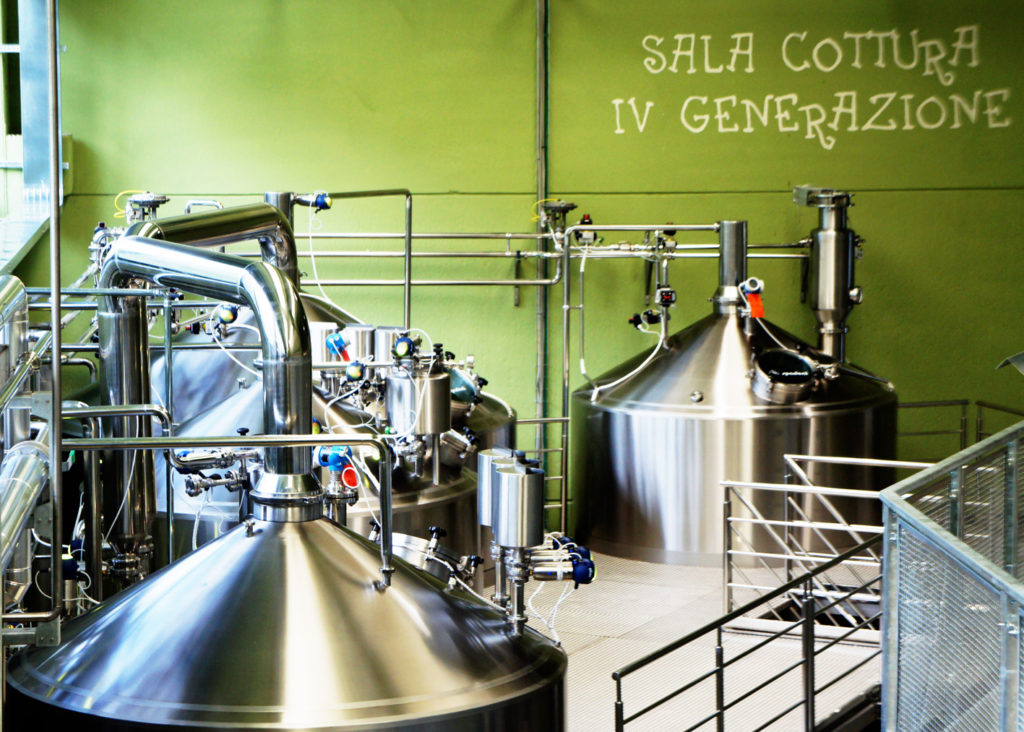
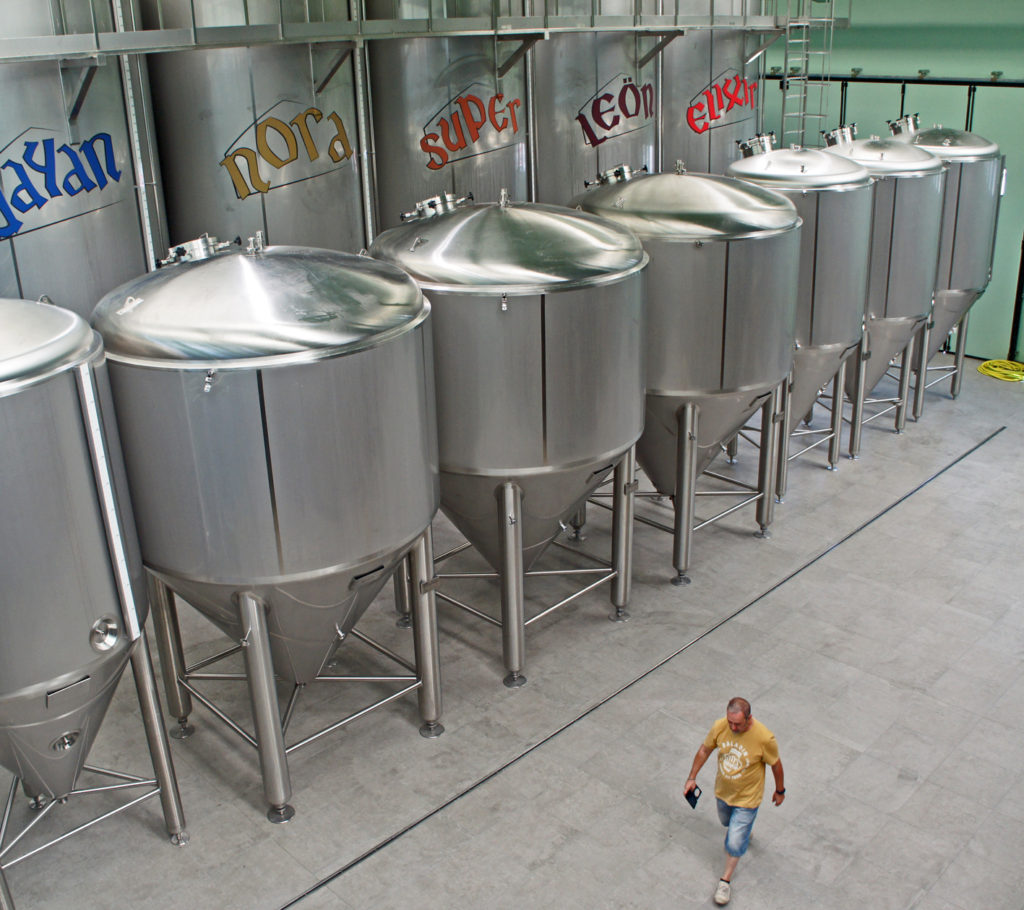
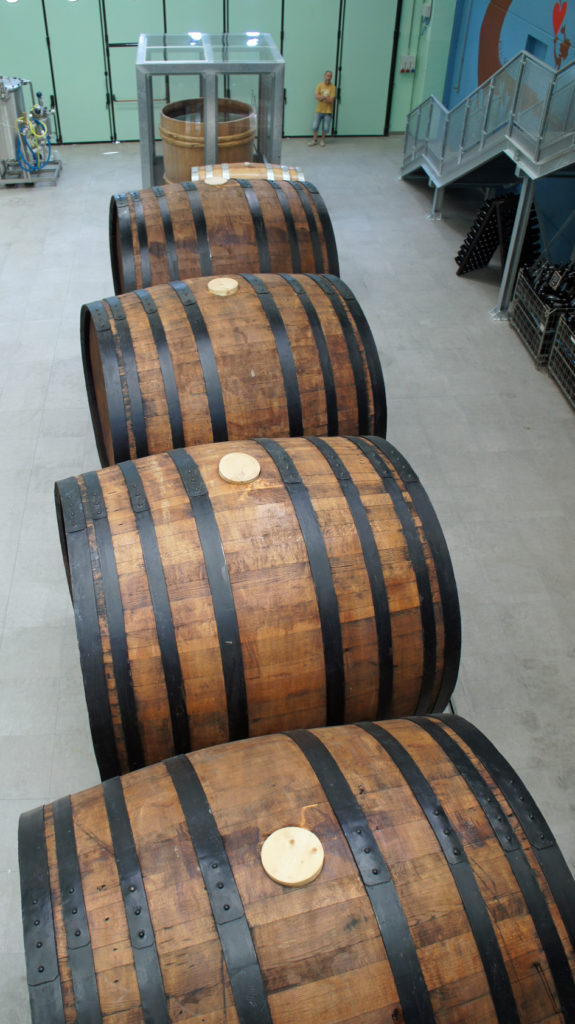
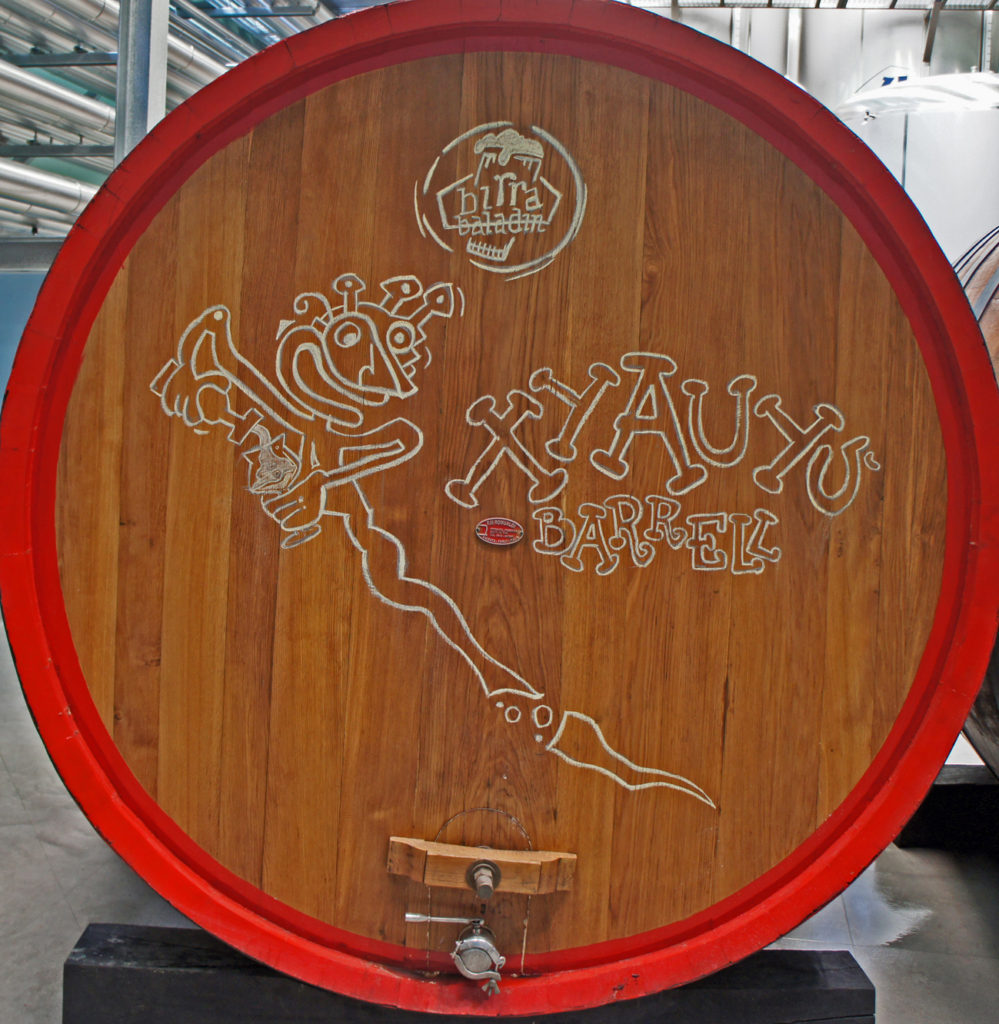
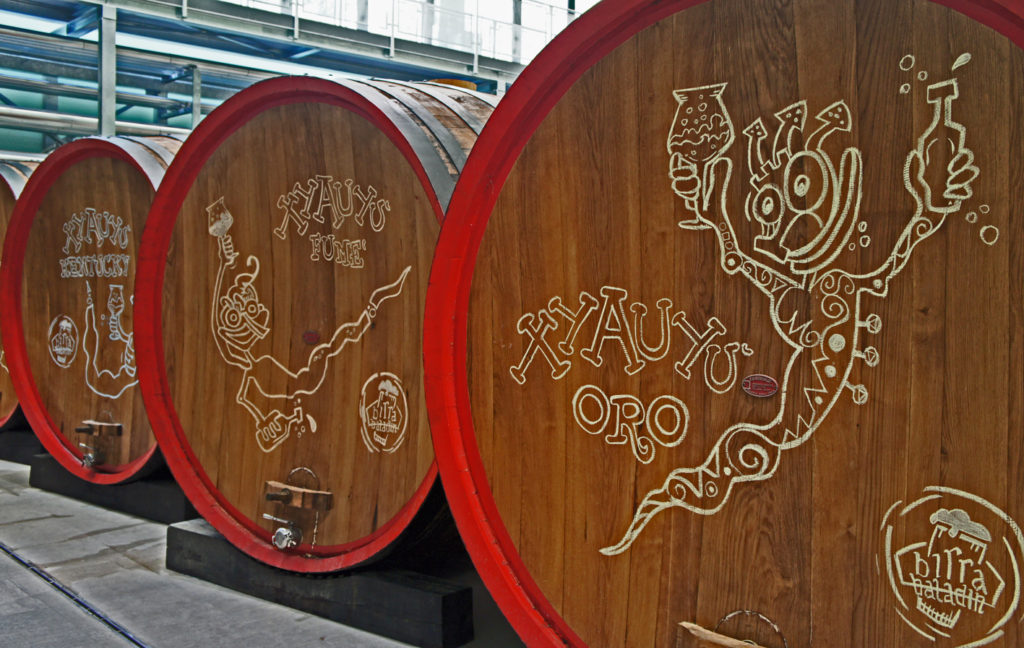
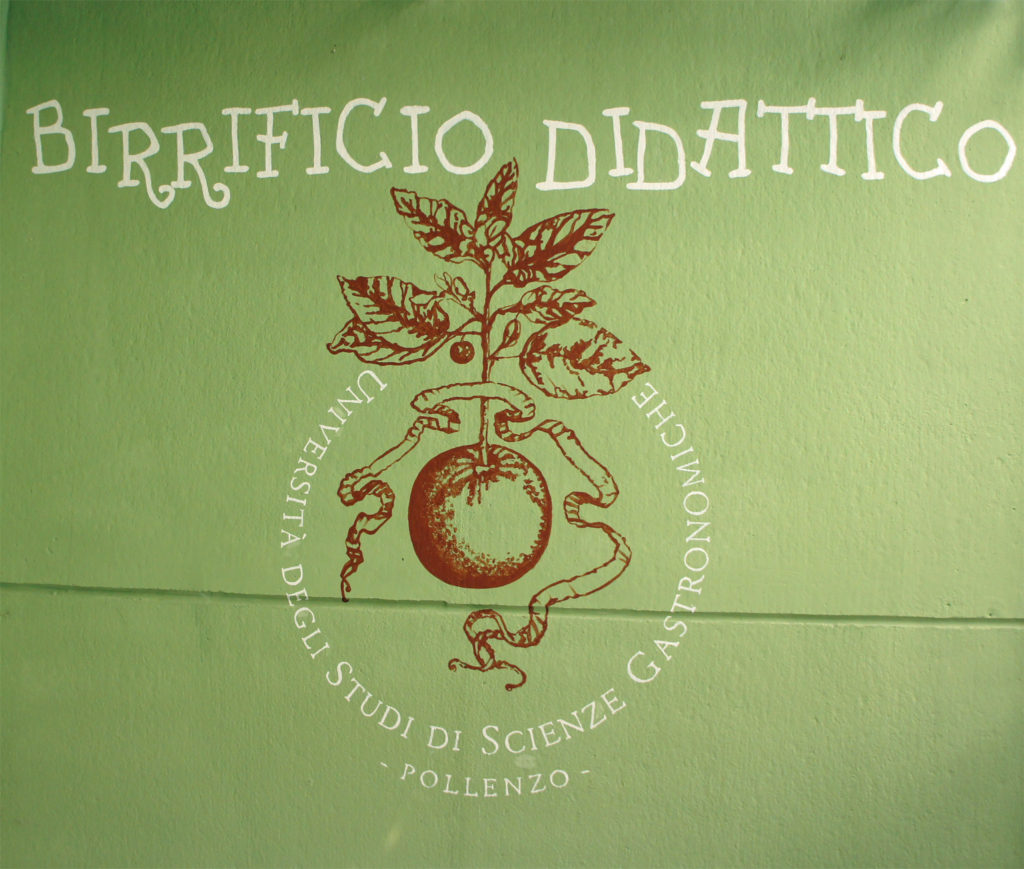

Completely agree! The action in beer for the last two / three years has been in Italy! The first time I tried one of Baladin’s barley wines I thought: “ok, they’ve reinvented barley wine”. Rich, thick, sweet, wine-like. Nor as light as the ones in the UK nor as aggressive as the Americans. Just a completely new experience closer to a glass of slightly dry tawny port. The best standard porter I’ve had also was in Italy, down in Cosenza.
[…] out Martyn’s report on the event as […]
I’m with you on the Xyauyù rum barrel-aged beer. Awesome stuff. There’s a guy in Vienna’s 2nd district who imports an astounding selection of Barolo and Barbaresco wines along with food (truffles, hazelnuts, and the like) from the region. Whenever he drives down, he always makes sure to load up on Baladin. If you’re ever in Vienna and would like a taste of northern Italy, the shop is called Barolista.
Thank you for the tip: Vienna is on my bucket list …
[…] alors un choix très audacieux. En effet Piozzo est situé directement sur la route du vin italienne et est connu pour produire le fameux Barolo (vin italien bien […]